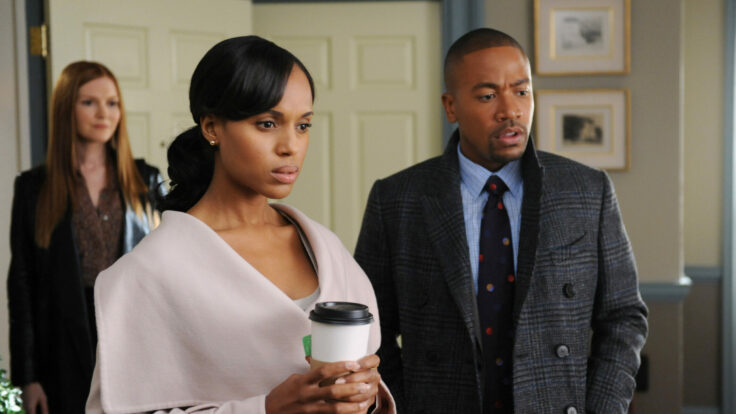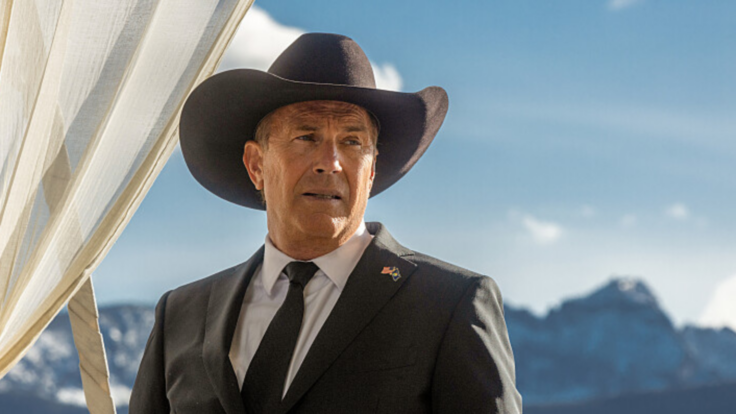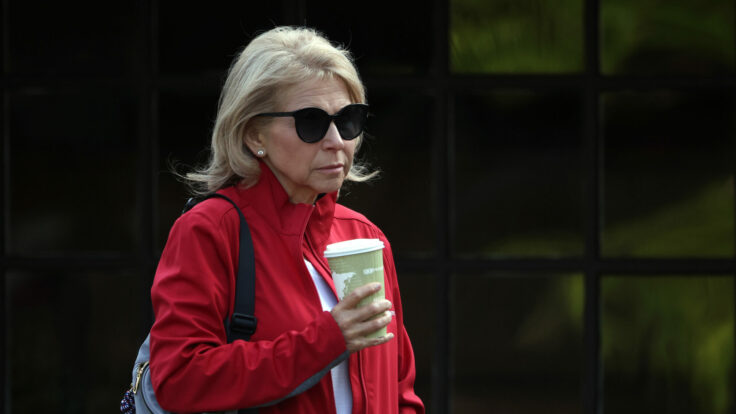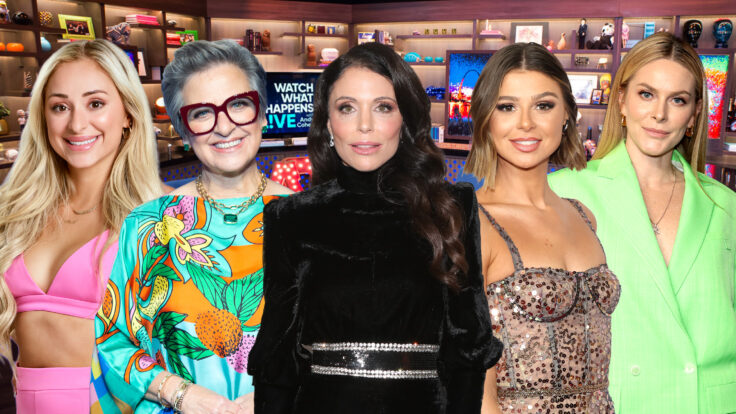Even casual observers of Netflix’s programming strategy may have noticed that the 25-year-old streaming company has been engaged in some mid-life experimentation of late. Netflix, of course, was the first to break completely from the traditional weekly episode format that had defined the TV business for generations, introducing “binge” into the entertainment lexicon. But times change, and what’s old is new again in Hollywood. Under enormous pressure to hold users’ attention, and prevent churn, Netflix is now testing “live” events, like Chris Rock’s upcoming special; interactive features, like having viewers vote on Too Hot to Handle; and appointment-style TV moments, designed to draw in big crowds while stretching their cultural impact, as is the case with its new six-episode, two-tranche documentary series on Prince Harry and Meghan Markle.
The early ratings data suggest a strong showing for the show so far. Netflix’s official numbers reveal it is the most-watched documentary premiere on the service, with 81.55 million hours globally (or about 28 million completed views) in the first four days. Then there are the regional numbers. The first episode of Harry & Meghan, Netflix’s first production as part of the royal duo’s nine-figure overall deal, was viewed by more than 2.5 million households in the U.K., according to the country’s top TV ratings agency, although viewership for the second and third episodes dropped to 1.5 million and 800,000 households, respectively. Demand was also strong stateside: More than 2.1 million households viewed the series over its four day weekend, according to SambaTV, although it didn’t note episodic breakdown. To compare, Dune saw 1.9 million U.S. household views in a four day period when it debuted on HBO Max, according to Samba.

















